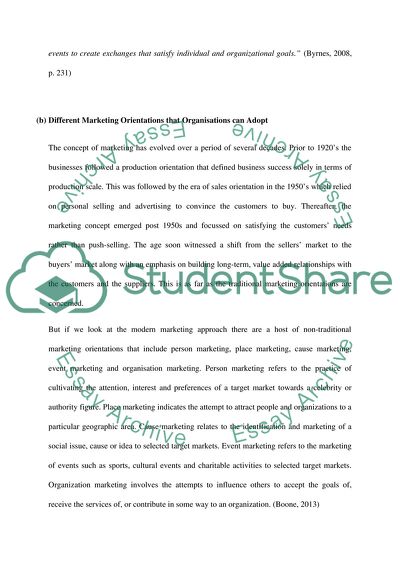Cite this document
(Main Activities covered by Marketing Essay Example | Topics and Well Written Essays - 4750 words, n.d.)
Main Activities covered by Marketing Essay Example | Topics and Well Written Essays - 4750 words. Retrieved from https://studentshare.org/marketing/1818330-business-management
Main Activities covered by Marketing Essay Example | Topics and Well Written Essays - 4750 words. Retrieved from https://studentshare.org/marketing/1818330-business-management
(Main Activities Covered by Marketing Essay Example | Topics and Well Written Essays - 4750 Words)
Main Activities Covered by Marketing Essay Example | Topics and Well Written Essays - 4750 Words. https://studentshare.org/marketing/1818330-business-management.
Main Activities Covered by Marketing Essay Example | Topics and Well Written Essays - 4750 Words. https://studentshare.org/marketing/1818330-business-management.
“Main Activities Covered by Marketing Essay Example | Topics and Well Written Essays - 4750 Words”, n.d. https://studentshare.org/marketing/1818330-business-management.


